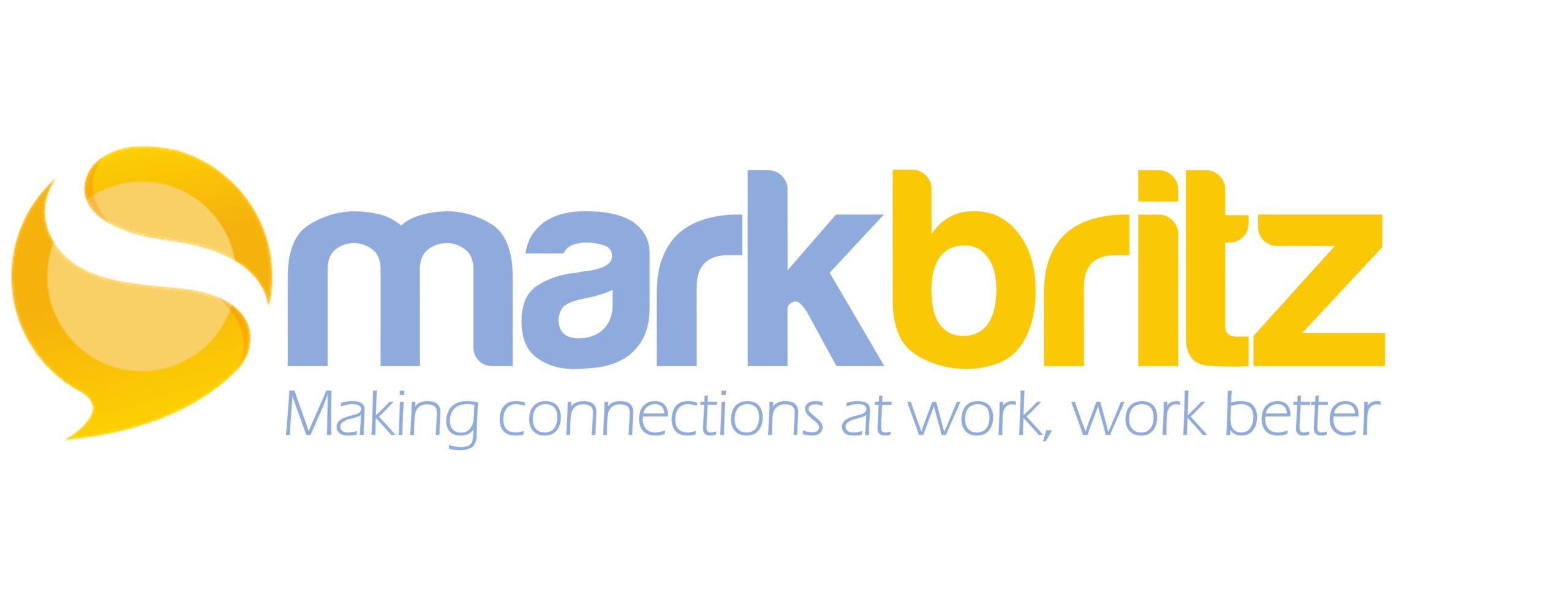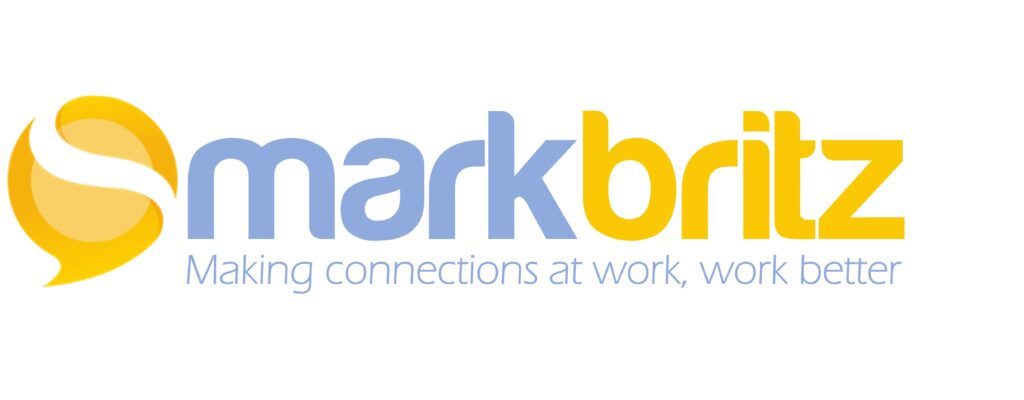One of the biggest barriers to bringing collaborative technology into the workplace is organizational culture. Not all resistant organizational cultures are due to extreme command & control issues, resistance to anything perceived to be “time wasting” or a security risk. In fact I’d bet most barriers are not rock solid and are actually more like Andy Dufresne’s cell wall in Shawshank Redemption… thick but porous.
The thickness is simply layer upon layer of misconception and long held beliefs about learning in organizations having to be formal and tied tightly to an L&D department. However the wall is also porous, caused by the need for agility in a poor economy, and a desire for innovation. In this environment change is not impossible but it tends to be evolutionary; like Andy, one can chip away for years and years with a small rock hammer and then have to wait for a big thunderstorm (i.e. a huge painful business problem) before they can punch through.
Could one use collaborative technology and approaches to change the culture or change it faster?
That’s the question I, with my teammate’s assistance, have set out to answer as we have employed an approach that just may work and is far less evolutionary.
Once they attend a week long training in a F2F environment at HQ they return to the field for more practical applications of their training. Naturally they now have placed a face with a name and begin to have less formal conversations via the blog, albeit they are mostly related to their work experiences.
The trainees are geographically dispersed for the majority of their new hire experience, so the blog serves to keep them connected and helps maintain a support system of true peers. As their time in the training program advances, the L&D staff begin to leverage the blog to extend formal classroom learning initiatives. These efforts focus on asking the new hires to draw upon practical experiences to complete collaborative Q&A sessions, share situational best practices, and reflect on the content used in context.
Secondary to the training extension and growth of social media use for learning is that the blog is becoming an invaluable formative evaluation tool of our training sessions. The trainers can ascertain from the posts which performance objectives are being met and which the class is struggling with. This real time data allows us to quickly update and improving the curriculum.
After the new hires complete the training and are placed into their role, the community is kept alive by the participants. These CoP’s are helping the isolated staff to stay connected and continue growing with peer support.
Today we are working to roll the 15 + training groups consisting of over 100 people together into a single company-wide blog that is exclusive to their role. Homogeneous groups can only grow their knowledge and skill so much.

